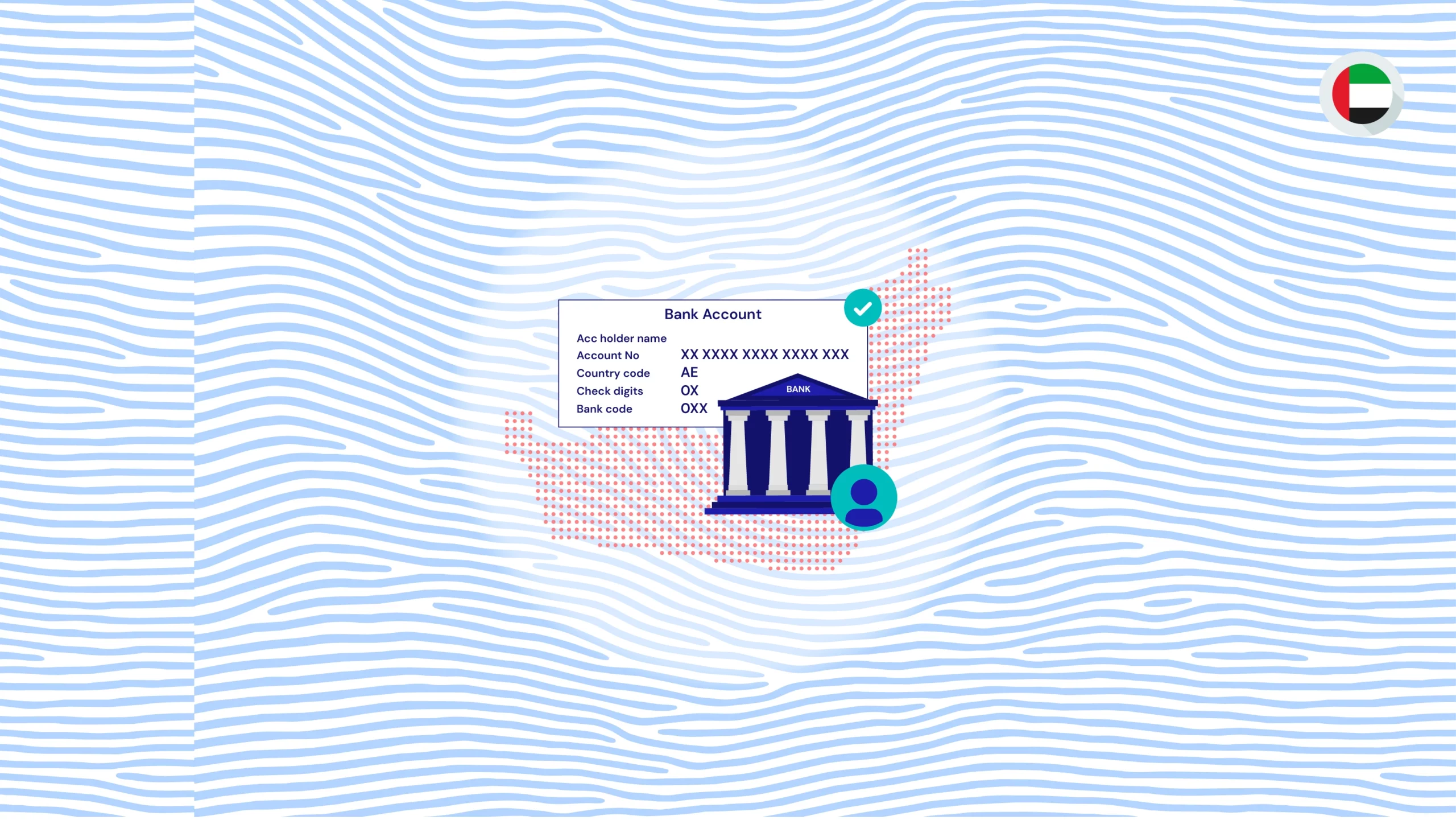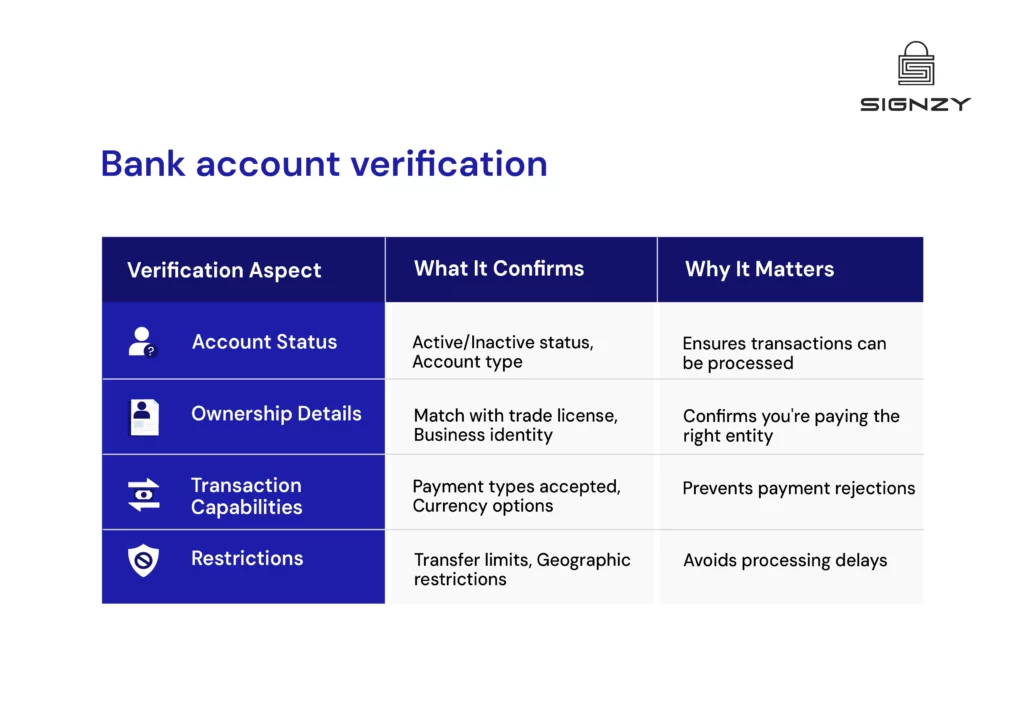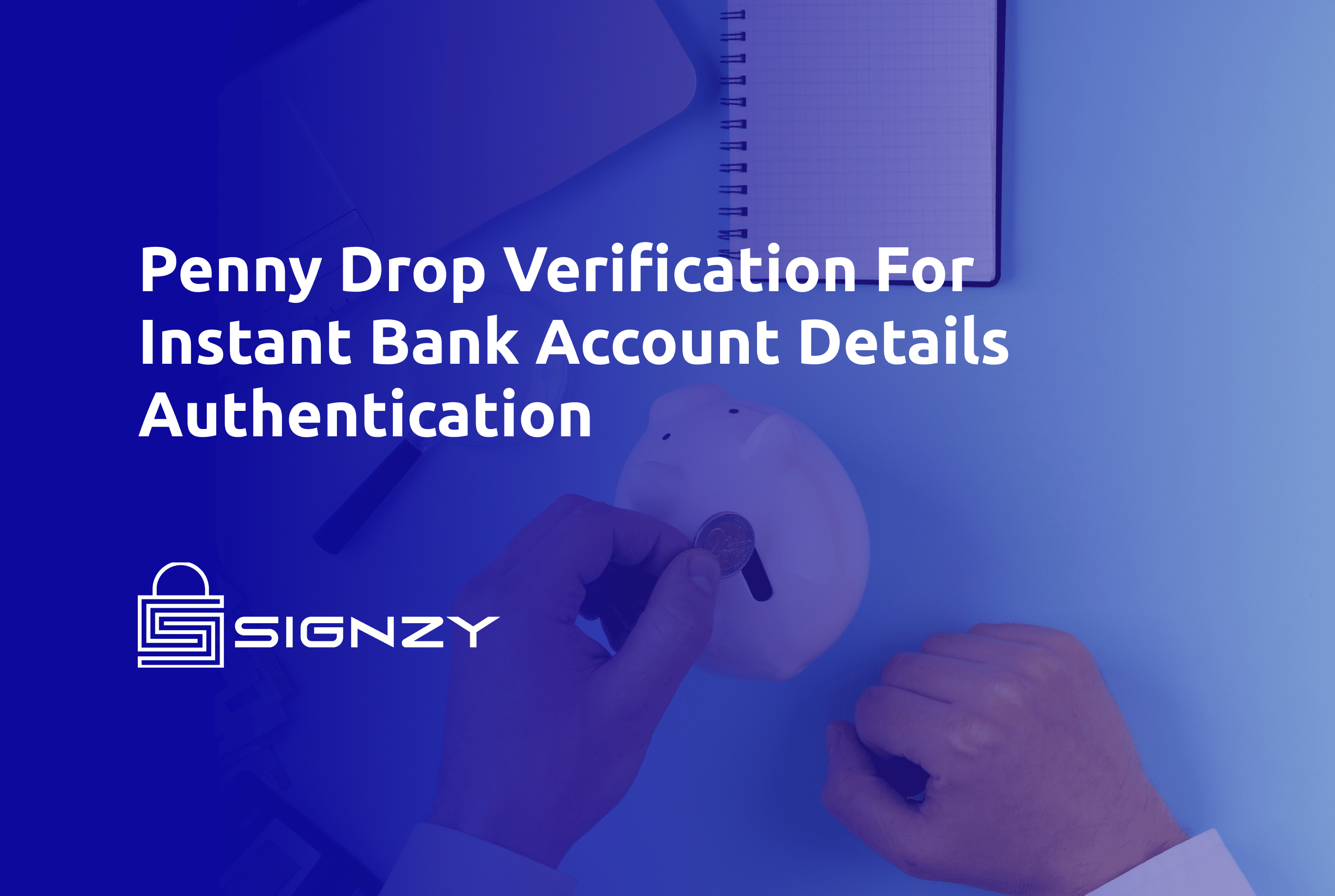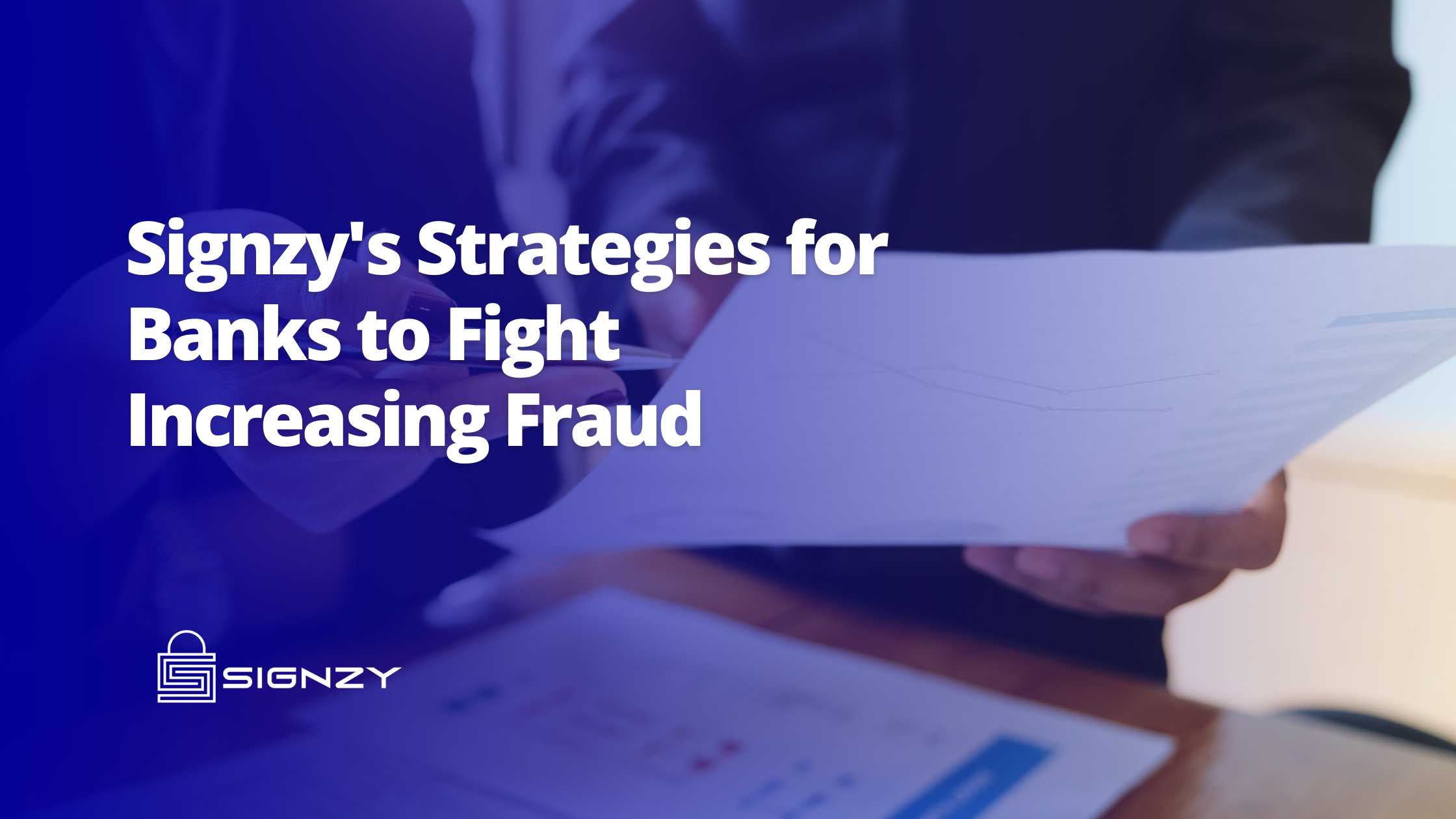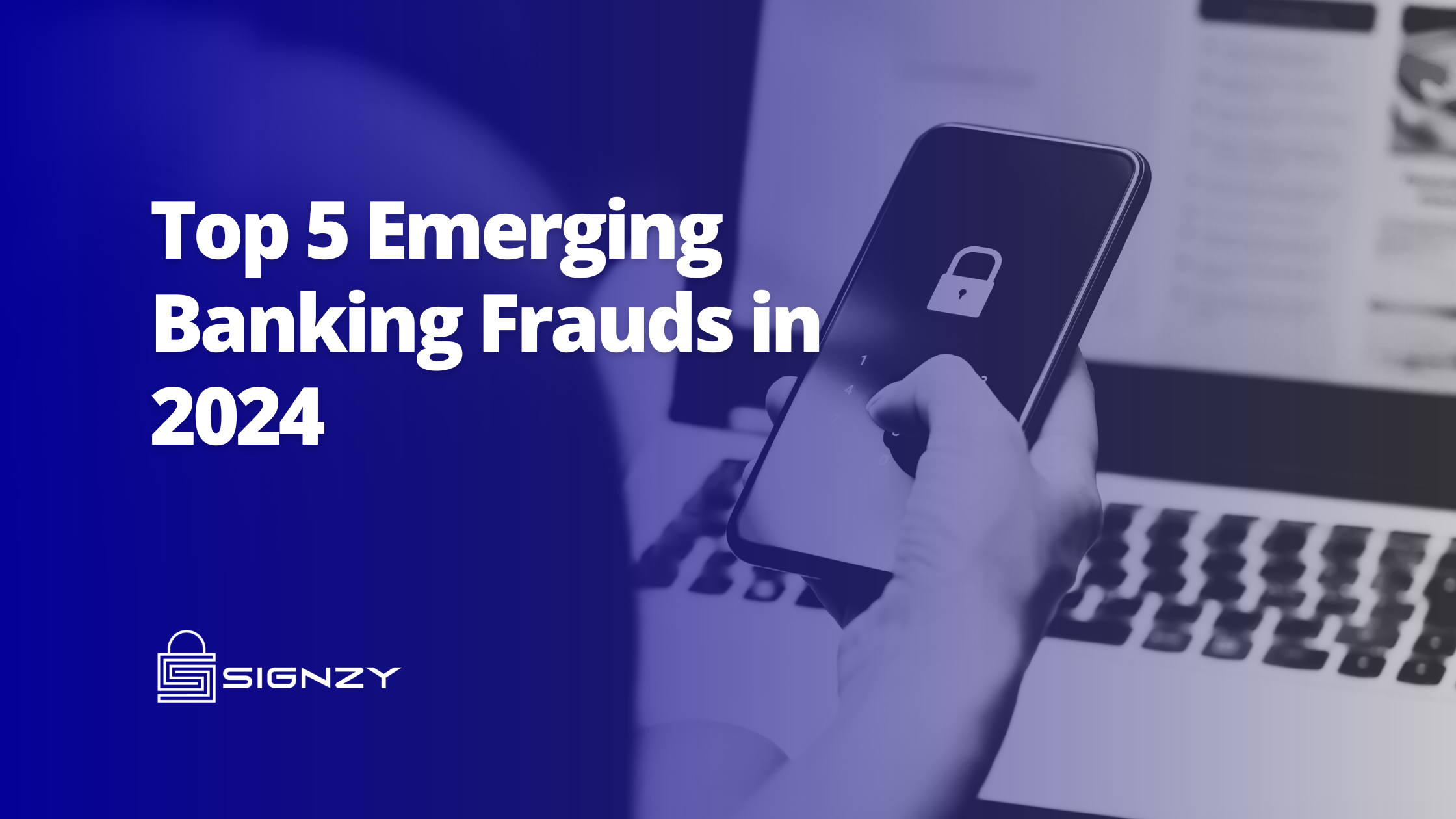The Reserve Bank of India is turning 90 on April 1, 2025. It’s more than an anniversary. It’s a moment to pause and look at how far India’s financial system has come, and how quietly the RBI has shaped that progress.
From managing currency in the early years to supporting digital payments today, the RBI has stayed focused on building stability, access, and trust in finance. Its role has changed over the decades, but the intent has remained steady.
At Signzy, we’ve been fortunate to contribute to this journey since the 2010s. Our work has aligned with the RBI’s vision in areas like KYC, compliance, and digital transformation.
This blog is our way of saying thank you. A reflection on how RBI’s approach to regulation has grown over time, especially in the world we know best (digital banking, fintech, and identity).
Let’s start by seeing where it all started.
Reserve Bank of India’s Origins
On April 1, 1935, when the Reserve Bank of India opened its doors, few would have imagined the journey it would undertake. The RBI was India’s answer to chaotic currency systems (India witnessed over 570 bank failures in the 1940s alone), frequent bank failures, and a lack of centralized monetary control.
It began as a private entity, regulating currency and acting as banker to the government, but post-independence, it was nationalized in 1949. From that point on, the RBI started shaping India’s economic destiny.
In many ways, RBI is like the infrastructure we don’t see but which never fails. It has walked with India, through wars, reforms, scams, crises, liberalization, pandemics, and digitization. And every time, it has emerged with credibility intact.
RBI’s Timeline of Transformation
The RBI’s journey is filled with moments that quietly changed the way India banks, transacts and trusts the system. Here are 20 key turning points.
- 1935 – RBI begins operations on April 1 as a private shareholders’ bank, focusing on currency issuance and acting as a banker to the government.
- 1949 – RBI was nationalized and gained legal authority to supervise and regulate commercial banks under the Banking Regulation Act.
- 1955 – RBI helps set up the State Bank of India to expand banking services and act as a development arm in rural India.
- 1961 – Launches Deposit Insurance in the wake of bank failures, protecting small depositors. A first in Asia.
- 1969 – Executes nationalization of 14 major commercial banks; priority sector lending norms and branch expansion in rural India follow.
- 1980 – Six more banks are nationalized; RBI deepens focus on inclusive banking and cooperative sector regulation.
- 1991 – In the wake of a balance of payments crisis, RBI starts deregulating interest rates, launches monetary policy reforms, and liberalizes banking.
- 1993 – Licenses new private sector banks (e.g., ICICI Bank, HDFC Bank), bringing competition and innovation into mainstream banking.
- 1997 – Gets power to regulate NBFCs under revised RBI Act, important for managing India’s fast-growing shadow banking space.
- 2002 – Introduces Real-Time Gross Settlement (RTGS) system, ushering in real-time payments for high-value transactions.
- 2008 – Responds swiftly to global financial crisis by ensuring liquidity, while maintaining capital buffers and strict NPA recognition norms.
- 2010 – Launches Base Rate system, replacing benchmark prime lending rate for more transparent pricing of loans.
- 2016 – Monetary Policy Committee (MPC) established, RBI now sets interest rates through a structured, inflation-targeting framework.
- 2017 – Formal rollout of UPI gains momentum; RBI supports rapid fintech growth while refining oversight on digital payments.
- 2018 – Tightens norms for NBFCs and cooperative banks after IL&FS crisis; begins cleanup via PCA and stricter provisioning.
- 2020 – Allows Video KYC during COVID, accelerating remote onboarding; also launches regulatory sandbox for fintech innovation.
- 2021 – Rolls out scale-based regulation for NBFCs, classifying them by systemic importance to reduce regulatory arbitrage.
- 2022 – Releases guidelines for Digital Lending, curbing predatory practices and enforcing direct disbursals and transparency.
- 2022–23 – Initiates CBDC (Digital Rupee) pilots (wholesale and retail) to explore programmable, sovereign-backed digital currency.
- 2024 – UPI becomes globally accepted in multiple countries; RBI actively collaborates on cross-border payment frameworks (Project Nexus, etc.).
Achievements Over the Decades
| Deposit Insurance | Priority Sector Lending | Bank Nationalization |
|
Protected small depositors during bank failures. First of its kind in Asia |
Ensured credit flow to agriculture, small businesses, and weaker sections |
Brought banks under public control to push financial inclusion at scale |
| UPI & Digital Payments
Spearheaded UPI, enabling 14B+ monthly transactions and global adoption |
Video KYC Enablement
Simplified remote onboarding, helping expand access in rural/low-infra areas |
CBDC Rollout
Initiated central bank digital currency pilots for retail and wholesale transactions |
| NBFC Scale-Based Regulation
Structured NBFC oversight based on size and risk to prevent regulatory arbitrage |
Monetary Policy Committee (MPC)
|
Robust Crisis Management Navigated IL&FS, COVID, and global crises without major financial system failures |
Collaboration with Signzy
It’s not every day that a startup gets to co-create with the central bank of a nation. At Signzy, we consider it a privilege.
We were recognized by RBI through the Payments Systems Innovation Awards in 2016 and 2018. More recently, in 2024, we were awarded a place in the Regulatory Sandbox for Unassisted Video KYC, one of the most forward-looking initiatives in digital onboarding.
In our journey, we’ve contributed to making KYC more accessible. Working with banks and regulators, including under RBI’s guidance, we’ve enabled verification, helped rural banks onboard users with minimal infrastructure, and reduced drop-offs in onboarding with AI-powered ID verification.
Our systems now power parts of the digital onboarding stack for several institutions governed by RBI.
Signing Off
RBI’s story mirrors India’s story. Full of resilience, reinvention, and quiet conviction.
And for those of us building at the intersection of finance and technology, the RBI is more than just a regulator.
It’s a reason.
A reason why India could go from long queues in bank branches to instant bank transfers on mobile phones.
We’re proud to have played a small role in this journey, making digital identity more inclusive, KYC more seamless, and compliance less intimidating.
Here’s to 90 years of the Reserve Bank of India. Thank you for being the invisible force that keeps India’s financial heart beating.
And here’s to the next decade. Where trust will still matter, but so will speed, access, and adaptability.
We’re building for that future, with you. ♥️

